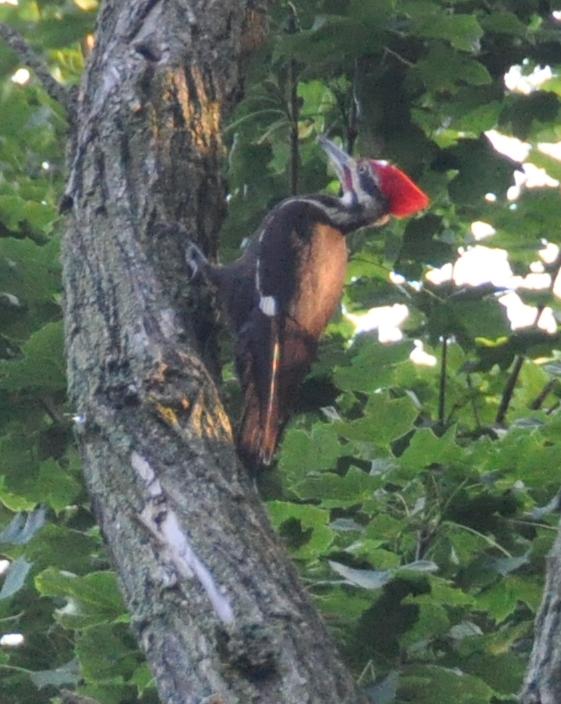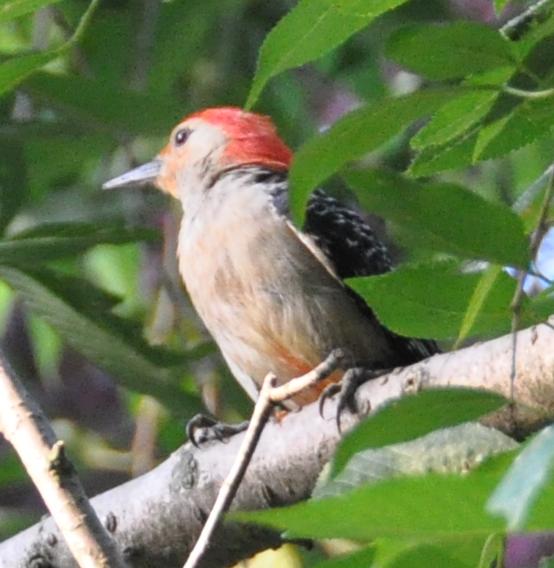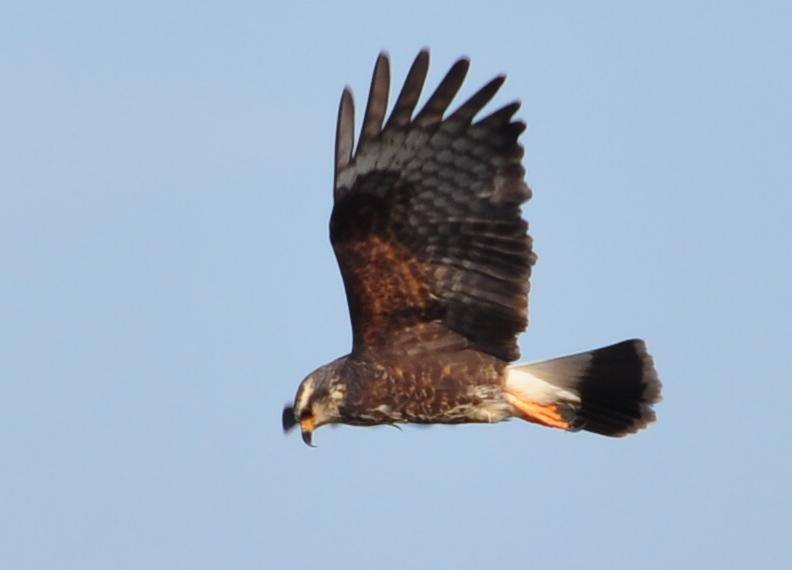Jun 24 2013
Bird Conservation
 I am on vacation this week, so my post today is going to be brief and somewhat self-indulgent (probably redundant when referring to blogs generally). I am a casual birder. It started as a hobby I could do with my daughters, and it has turned out to be an excellent activity – it’s fun, it gets them outside when perhaps they would prefer to play Minecraft, and there is actually a ton of science you can teach in the context of casual birding.
I am on vacation this week, so my post today is going to be brief and somewhat self-indulgent (probably redundant when referring to blogs generally). I am a casual birder. It started as a hobby I could do with my daughters, and it has turned out to be an excellent activity – it’s fun, it gets them outside when perhaps they would prefer to play Minecraft, and there is actually a ton of science you can teach in the context of casual birding.
The picture here is of a pileated woodpecker which I took yesterday morning. It’s a bit grainy because of the distance and the low light – it was early in the morning – but I like the way the sun caught its red crest.
The pileated is the largest extant woodpecker. This is assuming that the ivory-billed woodpecker is really extinct, something which is somewhat controversial. You can tell this guy is not an ivory-billed because of the white chin and lack of broad white stripe on the wings.
I am currently visiting in Cumberland Maryland. We have pileateds in Connecticut where I live, and I have seen them on occasion, but not near my house. They will come to suet feeders, and I’m hoping one day a pileated will move into my neighborhood and visit my feeder.
By the way, Woody Woodpecker is a pileated.
 Here is a picture I took this morning of a red-bellied woodpecker. These are also beautiful birds. The name has always bothered me, however. It’s most dramatic feature is a bright orange/red stripe along its head. It has a subtle red blush on its otherwise white belly, and somehow that is what it is named after. I suspect this is because there is already a red-headed woodpecker.
Here is a picture I took this morning of a red-bellied woodpecker. These are also beautiful birds. The name has always bothered me, however. It’s most dramatic feature is a bright orange/red stripe along its head. It has a subtle red blush on its otherwise white belly, and somehow that is what it is named after. I suspect this is because there is already a red-headed woodpecker.
The red-bellied is a frequent visitor to my suet feeder, along with the downy and hairy woodpeckers.
Finally, here is a picture of a snail kite. This I took last year while on vacation in Florida. The snail kite is a locally endangered species in Florida with only 400 breeding pairs.
Snail kites feed on apple snails, which get their name from the fact that they are the size of apples. I saw them where I took the picture of the snail kite. When I learned that they feed on snails, I imagined small snails – but these guys are huge. Definitely a nice meal for a raptor.
Apparently the apple snail populations are decreasing in the everglades due to water management, and this is why the snail kite population is threatened.
I bring this up to segue into the topic of the title of this post – a recent report on bird species globally. There is some good news and some bad news. The bad news is that many bird species are increasingly heading toward extinction. Because of interest in birding, there is a great deal of data concerning bird populations, and this documents decline in many species. The primary threats are from agriculture, logging, and invasive species. Further, decline in bird species is a marker for threatened ecosystems generally. They are the canary in the coal mine.
The good news is that various bird species also provide evidence that conservation efforts can work. There are many success stories.
Appreciation for the beauty and diversity of birds is a great entry into the importance of conservation, in addition to being a great way to learn about biology, evolution, ecosystems, categorization, and other aspects of science in general.







